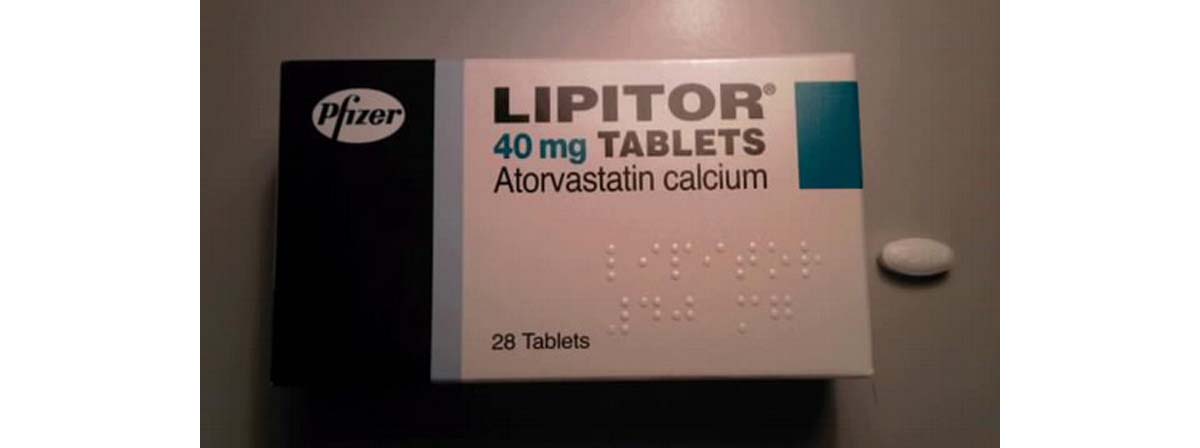Table of Contents
When statin drugs interfere with the enzyme called HMG-CoA reductase, they don't just stop the production of cholesterol.

Every cell in the human body uses CoQ10 to power the reactions that it uses to convert glucose into energy. CoQ10 is especially abundant on the inner linings of the mitochondria, the locations in the cell where energy production takes place. Because muscles use lots of energy, second only to the brain, muscles contain lots of CoQ10, and are especially dependent on CoQ10 for normal function.
When muscles don't get enough CoQ10, four things happen:
- The mitochondria can't burn fat as efficiently as they did before.
- There is less LDL to feed the muscles during heavy exercise.
- The statins reduce cholesterol in the bloodstream but increase fructose, which becomes a kind of sticky "glue" through the process of glycation, coating the surfaces of cells.
- The damage to the linings of cells causes potassium and sodium to leak out of cells with long surfaces, such as muscle cells and nerve cells, so that it loses its electrical charge and is less abvle to "grab" passing oxygen molecules, amino acids, and glucose.
Fortunately, muscles can deal with these problems for a while. When a muscle isn't able to use oxygen to make fuel, as when we run a race, it can burn glucose without oxygen, creating lactic acid as a byproduct. Lactic acid causes the "burn" you feel after strenuous exercise.
Your muscles, including your heart muscle, can't absorb enough oxygen. They can't burn fat. They accumulate acids. It doesn't take very long before users of statins start feeling lousy. They don't have energy. They start gaining weight even though they aren't eating more. Even if they cut back on their calories, they may still gain weight. They may experience rhabdomyolysis, muscle tissue breakdown, as their muscles literally break down.
And in my own case, even though I made an amazing recovery and got back to a 70% ejection fraction, heart pumping capacity, about a month after I started taking Crestor I started having the symptoms of congestive heart failure. I huffed and puffed after walking a few blocks down the street, my lungs filling with fluid. My hands and feet, in particular, hurt all the time, but all of my muscles felt sore. And I started forgetting things.
So if you're convinced that your statin is doing you harm as well as good, what can you do? I think it is always better to work with your doctor rather than sneaking behind your doctor's back.
Make sure:
- Your doctor is measuring what really counts for heart health, not just total cholesterol and LDL cholesterol, but the fractions of LDL cholesterol that actually cause heart disease (if your doctor can't identify these as small LDL, or explain why there is no need to measure the fractions of LDL, look for another doctor), and a measure of inflammation called C-reactive protein, or C-RP.
- You take coenzyme Q10, at least 50 mg and up to 200 mg a day, to help your muscles burn fat and to take in oxygen to burn sugar.
- You let your doctor know when you experience severe fatigue, new heart symptoms, muscle pain, forgetfulness, or changes in the color of your urine.
Don't hesitate to ask about changes in your statin drugs. And don't accept "You need to lower your cholesterol" as your doctor's final answer.
- Drug Watch, Defective Drugs: Crestor, http://www.drugwatch.com/crestor/, accessed 10 September 2013.
- Vidyarthi M, Jacob P, Chowdhury TA. Oral use of "Low and Slow" Rosuvastatin with Co-Enzyme Q10 in patients with Statin-Induced Myalgia: Retrospective case review. Indian J Endocrinol Metab. 2012 Dec.16(Suppl 2):S498-500. doi: 10.4103/2230-8210.104144. PMID: 23565478 [PubMed]
- Photo courtesy of Okko Pyykkö by Flickr : www.flickr.com/photos/data_op/2218557783/
- Photo courtesy of Panthro by Wikimedia Commons : en.wikipedia.org/wiki/File:Atorvastatin40mg.jpg

